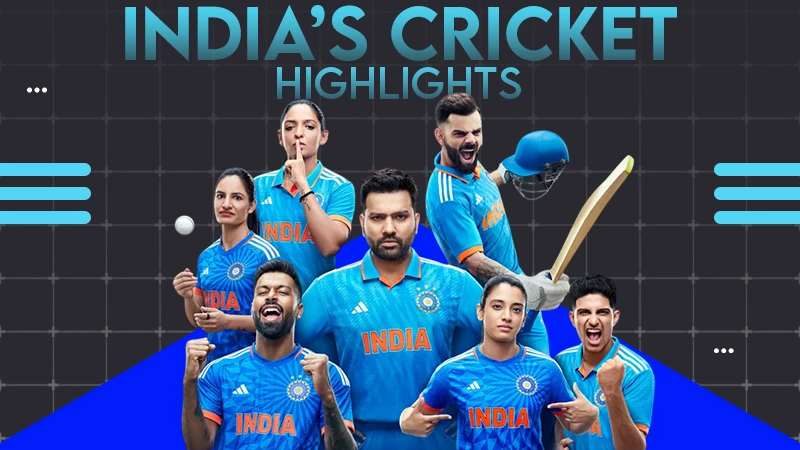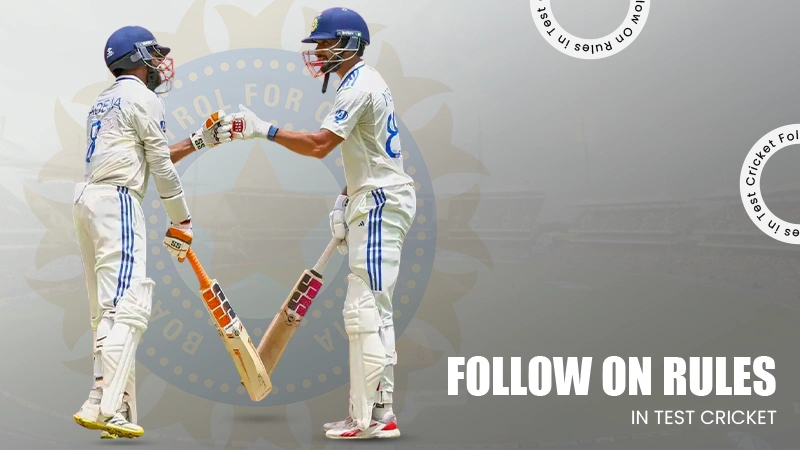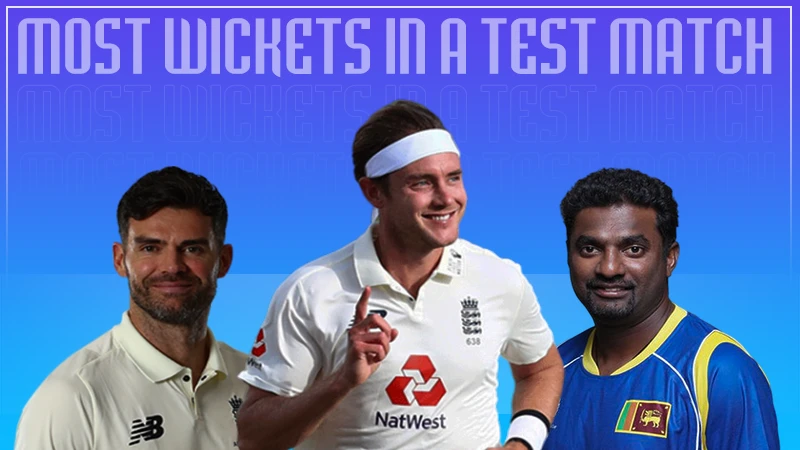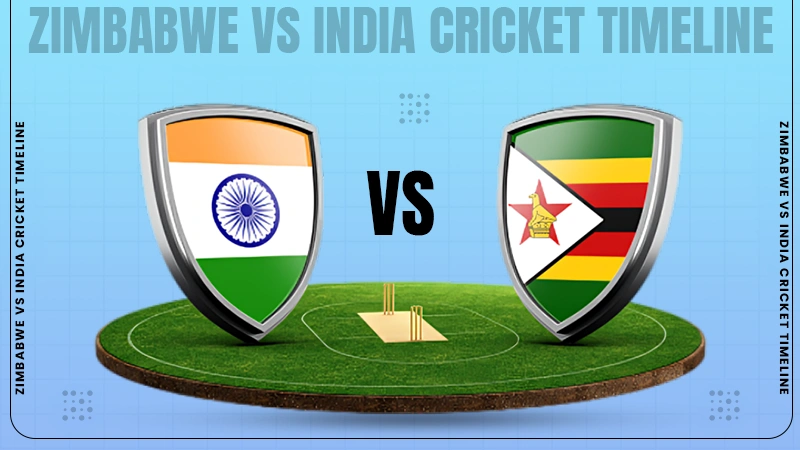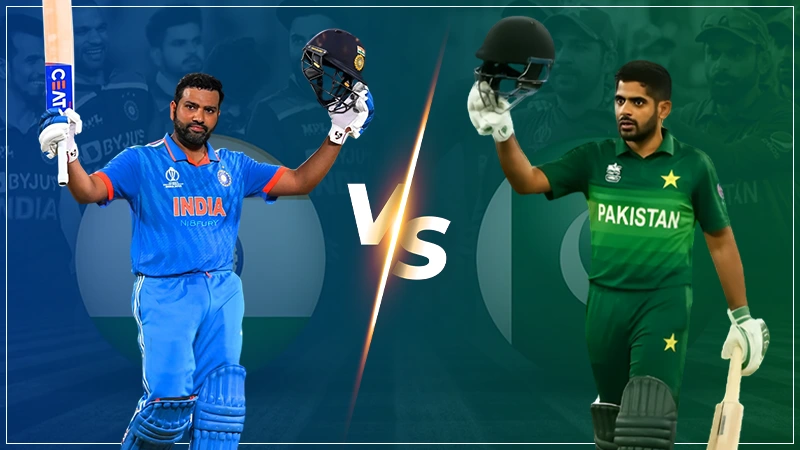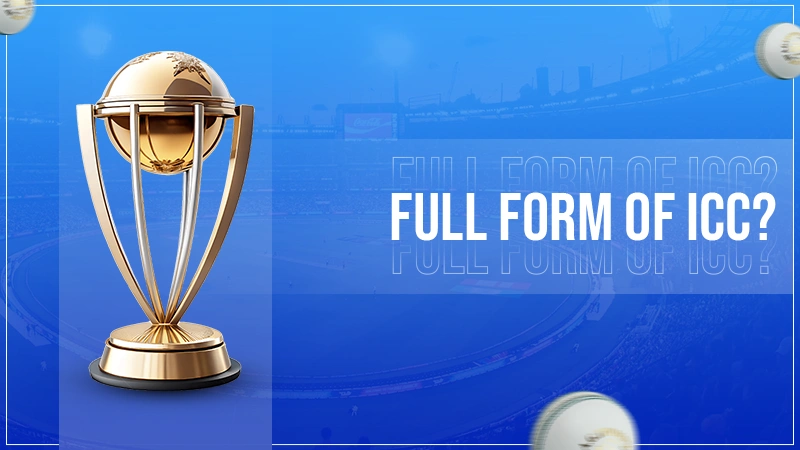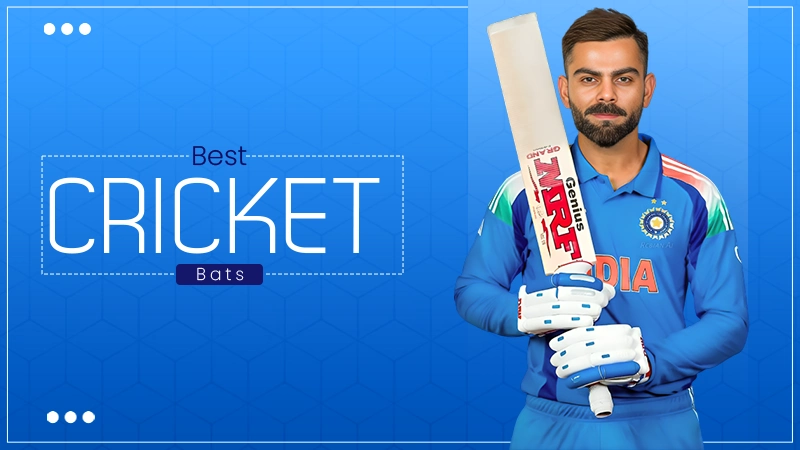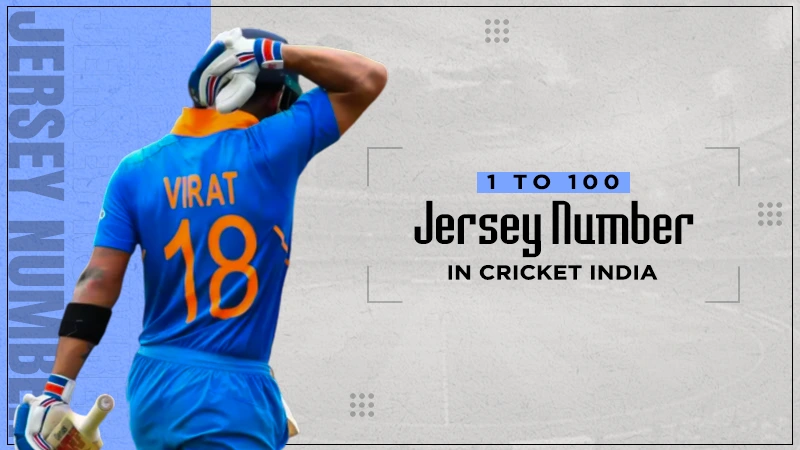
How Many Types of Cricket Balls Are There? Complete Guide
Cricket is a sport where the slightest difference in the conditions, weight, or color of a ball can swing the momentum in a game. Although fans are fixated on sixes and bowling the opposition out, the cricket ball used is incredibly important in determining the outcome of a game.
If you’re thinking, How many types of cricket balls are there, and What is different from one another, then you have come to the right spot. In this complete guide, we will help you understand the different types of cricket balls, their uses, pros and cons, and how they can affect the game.
What is a Cricket Ball?
A cricket ball is a solid and hard ball used in the sport. Its main components are;
- Core: A cork core wound tightly with string.
- Covering: Layers of leather stitched and then sewn together to form a seam.
- Seam: A prominent stitching that bowlers use to hold and swing the ball.
A cricket ball weighs between 155.9 to 163 grams (5.5–5.75 oz) and is between 22.4 to 22.9 centimetres (8.81–9 in) in circumference, according to ICC regulations.
Cricket balls have the same structure, including the color, the material quality, and brand difference, which each affects how the ball plays slightly differently.
How Many Types of Cricket Balls are There?
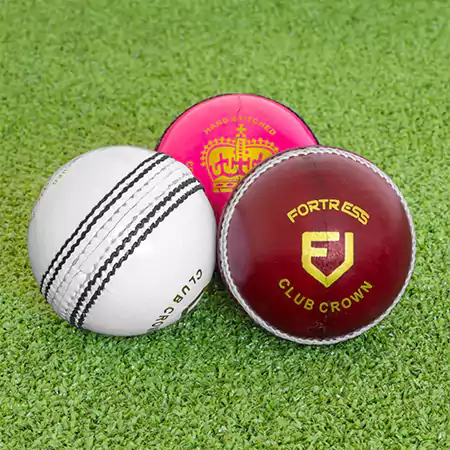
In international games, there are mainly three types of cricket balls. Here is the list.
- Red Cricket Ball
- White Cricket Ball
- Pink Cricket Ball
It is also possible for players to use tennis balls, rubber balls, and synthetic practice balls in amateur and practice games.
Different Types of Cricket Balls Explained
Red Cricket Ball
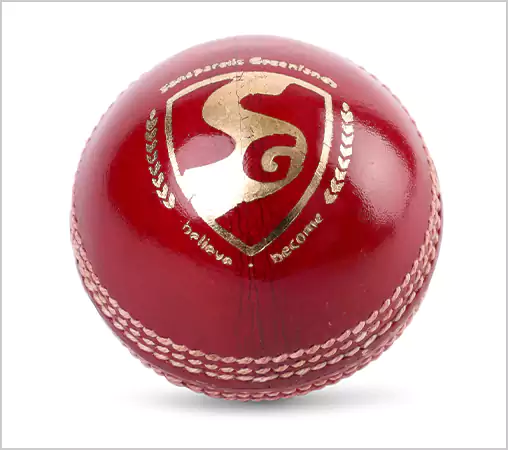
It is the oldest and most traditional type of cricket ball available. This type of cricket ball is used for Test matches, first-class cricket, and domestic long-format games. It is made of a core cork wrapped in tightly wound string and covered with leather.
Main Characteristics:
- It retains its shine longer.
- Aids swing bowling.
- Suited for longer playing hours.
Pros and Cons
| Pros | Cons |
| Durable ball and can last up to 80+ overs. | Harder to spot during day-night games |
| Seam and swing movement | Can get discolored over time |
| Fair contest between bat and ball |
White Cricket Ball
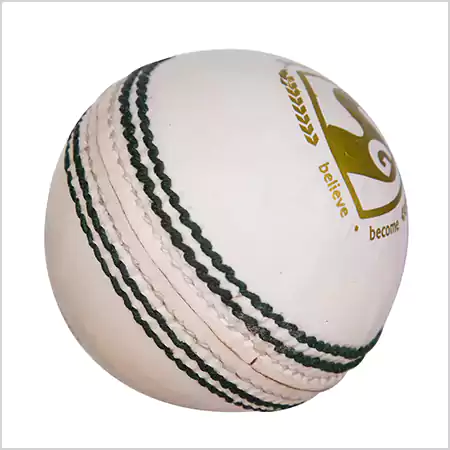
The white cricket ball was introduced in the 1970s for the limited-overs format of the game. These balls are not standard in the ODI and T20I games across the board.
These balls are also used in franchise cricket, such as the Indian Premier League (IPL), Big Bash League, and other leagues all around the world.
Main Characteristics:
- This type of cricket ball is brighter and easier to see under floodlights.
- It swings a lot when new, but loses swing quickly.
- A white cricket ball wears out faster than the red one.
Pros and Cons
| Pros | Cons |
| Great visibility in day-night games | Loses shine quickly |
| It is suitable for colored clothing in the cricket format | Becomes batter-friendly after initial overs. |
| Creates excitement in power plays with swing |
Pink Cricket Ball
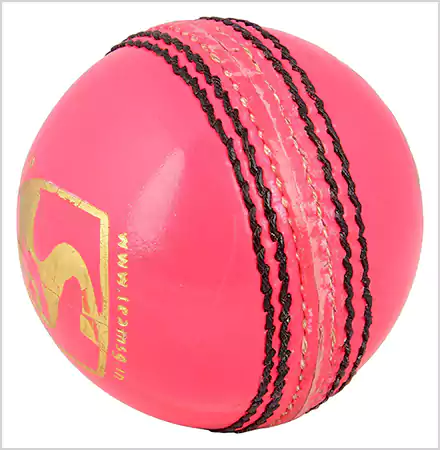
The pink cricket ball is the newest type of cricket ball introduced in international cricket. It was introduced for day-night Test matches to overcome the visibility issues at night. The red ball wasn’t great for day-night Test matches.
Main Characteristics:
- Stands out better under flood lights
- It has harder lacquer, which makes it swing more.
- It behaves differently at night compared to the day.
Pros and Cons
| Pros | Cons |
| Visibility during day-night Tests | Difficult for players to adapt between sessions |
| Retains shine and seam for longer | It can behave unpredictably at night. |
| Challenges batter with extra movement |
Training and Practice Balls
Outside professional cricket, there are a few different types of cricket balls for training or informal purposes. Have a look at the list.
- Tennis Balls – A tennis ball is made up of rubber and covered with felt. It is a lightweight ball that is ideal for practice for children and beginner players. It comes in different colors such as green, white, or more.
Tennis balls are cheaper and more accessible than leather cricket balls used in international cricket. There are a few types of tennis balls, such as hard tennis balls, soft tennis balls, and tape tennis balls. - Rubber Balls – Rubber balls are durable and often used in practice sessions. These balls are suitable for all weather conditions and offer consistent bounce and performance.
They are made of solid rubber and typically come in red, white, or yellow colors. They are highly resistant to wear and tear, which makes them suitable for playing on hard surfaces. - Synthetic Balls – These types of cricket balls are durable and used in junior-level matches and practice sessions. They are great for informal games and practice sessions.
- Plastic Balls – Well, there are some types of plastic balls often used in cricket. They are cheap and safe for children. These are ideal for kids who are learning the game.
Note: These balls don’t follow the rules and regulations set by the ICC. However, they are crucial for skill-building and recreational cricket.
Cricket Ball Brands
Different countries use different ball manufacturers for their international and domestic matches. Each manufactures have unique qualities in their balls. Here is the list of manufacturers that most international sides use.
- Kookaburra (Australia)
- These balls are widely used in ODI and T20 games
- They have a flatter seam that offers less movement after 15-20 overs.
- Dukes (England)
- These balls are often used in Test matches in England and the West Indies.
- The balls have a pronounced seam and offer more swing and seam movement.
- SG (India)
- Indian cricket used SG balls in their Test cricket setup.
- They are softer than Dukes’ balls and can retain shine well.
If you are wondering if the brand of the ball also affects the result of the match, then the answer is “yes.” For example, the Dukes ball in England is known to trouble the overseas batters.
Conclusion
So, how many types of cricket balls are there?
There are basically three types of cricket balls used by international teams: Red balls, White balls, and Pink balls. Each of these balls has a different role in the cricketing ecosystem.
Every variety has particular traits that affect swing, seam, durability, and scoring patterns. As a casual observer, new player, or individual with a keen interest in cricket, these subtle differences in the ball will add to your appreciation of how cricket is a game of glorious uncertainties.
If you liked this article, then you might also be interested in learning more stuff, like the length of the pitch.
FAQs
Ans: There are three types of balls used in international cricket: red, white, and pink.
Ans: The white Kookaburra ball is standard for ODIs, T20Is, and IPL.
Ans: Because they are durable, swing well, and are easier to manage in longer formats.
Ans: To improve visibility in day-night Test matches.

